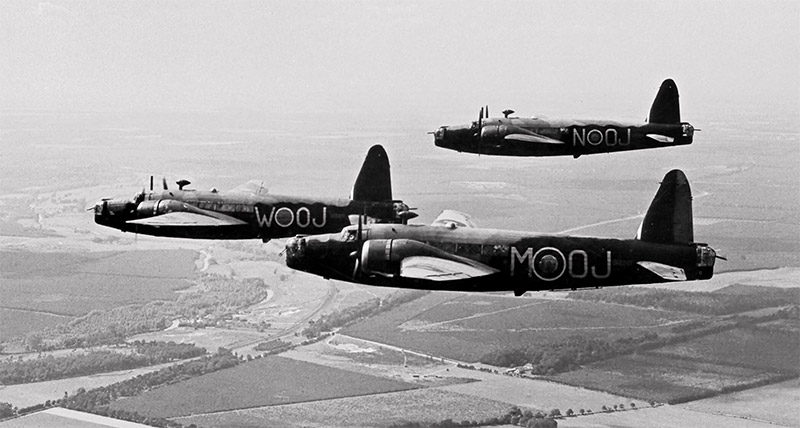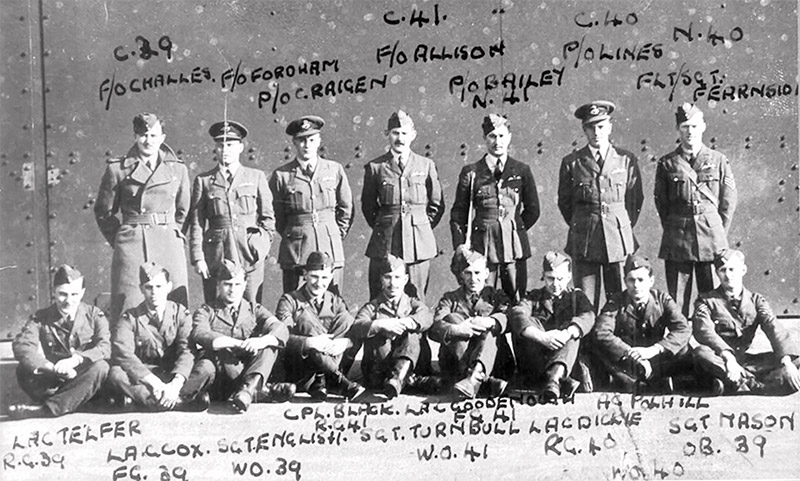The battle of the Heligoland Bight was the first named air battle to take place during World War II. The battle took place on the 18th of December 1939 and was the largest of its kind in the war up until that point. The outcome of this famous battle was a disastrous one for the RAF bomber command and would prove to be a turning point in the war against Nazi Germany.
The Royal Air Force Attack
Early in 1939 the Royal Air Force Bomber Command had a force of 23 operational bomber squadrons totaling approximately 280 aircraft. This, relatively to other strong military powers was quite a small number. Nonetheless, this force was significant enough to be able to perform airstrikes against the Germans. For political reasons the RAF wanted to avoid civilian casualties and strike military targets only during the daytime and had a strong belief that if their bombers flew in tight formation during light hours, they would be able to defend themselves against Luftwaffe fighter aircraft.
Keeping all of this in mind, the British Air Ministry made the final decision to launch a pre-emptive attack on German surface ships with the goal of stopping them aiding German U-boats located in the North Atlantic. On the 18th of December 1939, a force of 24 bombers coming from varying squadrons were sent to attack German seacraft in the Heligoland Bight with the goal of sinking or damaging as many as possible, inflicting maximum damage. The Heligoland Bight is an area of sea just North of Wilhelmshaven and Bremerhaven, Germany. The bomber squad left for their raid at around 09:30 am on the 18th of December. To their surprise there were no German ships other than few Navy warships docked at the Wilhelmshaven Harbor. The raiding party was not able to attack these ships due to their rules of engagement and therefore decided to turn back.

The Battle Ends in Disaster for the RAF
Already stretched thin, upon their return the bomber squadron were met with 44 Luftwaffe fighter planes, leading to a fierce battle between the two forces. 24 twin-engine Vickers Wellingtons planes departed to Germany for the raids, but by the time the dogfight was over, 10 were shot down, two crashed into the sea and 3 more crashed into land. This event constituted a difficult loss for the RAF and cemented the military prowess of the German Luftwaffe.
56 RAF crew were killed in the air engagements while 5 were taken as Prisoners of War, one of which died as a result of his wounds during his imprisonment. While a tragic loss for the RAF, it also served as an important lesson that British bomber planes could not defend themselves against the fast and stealthy Luftwaffe fighter planes during daylight. The result was therefore a stark change in policy on the part of the British Air Ministry. Instead of conducting daylight raids, the British would conduct night bombing raids for the rest of the duration of the war.


